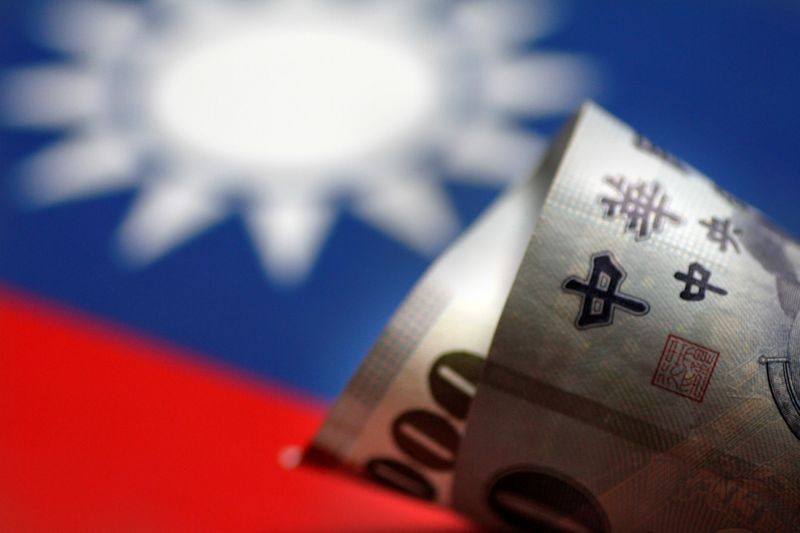Investing.com — Most Asian currencies rose slightly on Wednesday, gaining more ground against the dollar amid growing optimism that the Federal Reserve was about to cut interest rates.
The Taiwan dollar lagged, as did the Chinese yuan, after US Republican presidential candidate Donald Trump said Taiwan should pay the US for defense supplies.
The Japanese yen stabilized after data from the Bank of Japan suggested Tokyo intervened in currency markets last week. But the currency still remained relatively weak compared to its regional counterparts.
Taiwan dollar and Chinese yuan muted after Trump’s comments
The Taiwan dollar pair rose slightly, while the Chinese yuan pair held steady at an eight-month high following Trump’s comments.
His comments raised concerns about what a potential Trump presidency could mean for US-China relations as he has maintained largely negative rhetoric against Beijing. The Trump administration had imposed high tariffs on China in the late 2010s, sparking a trade war with Beijing.
Fears of a renewed trade war kept traders largely away from Chinese markets in recent sessions, especially as Trump saw a boost in popularity following a failed assassination attempt.
The Japanese yen remains stable amid intervention speculation
The Japanese yen pair held steady around 158.37 yen, after a sharp recovery from near 162 yen in recent sessions.
BOJ data showed the Japanese government likely intervened in currency markets last week to support the yen, which has been battered by a dovish outlook for the BOJ.
But the yen needed some relief, especially in light of lower US interest rates. A widening gap between US and Japanese interest rates has been a major point of pressure on the yen over the past two years.
Dollar weak as interest rate cuts intensify in September
The and moved little in Asian trading as the dollar’s recovery stalled.
The dollar had initially received some support from increased speculation about a Trump presidency, which could be positive for the currency in the long term.
But the growing push for rate cuts is largely offsetting this idea, with traders estimating a more than 90% chance that the Fed will cut rates by 25 basis points in September, according to .
The prospect of lower interest rates erased much of the dollar’s short-term gains, while also providing a more positive outlook for Asian markets.
Broader Asian currencies took this idea further. The Australian dollar pair rose 0.1%, while the South Korean won pair fell 0.2%.
The New Zealand dollar pair rose 0.4% as the currency strengthened despite a softer-than-expected second-quarter outcome, raising the likelihood of a rate cut by the Reserve Bank.
The Singapore dollar pair fell 0.1%, while data showed the island nation’s key fell more than expected in June.
The Indian rupee’s pair remained within sight of record highs and saw little relief.


